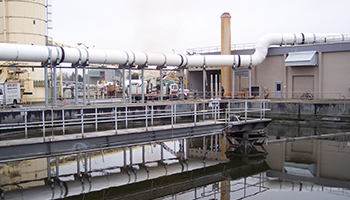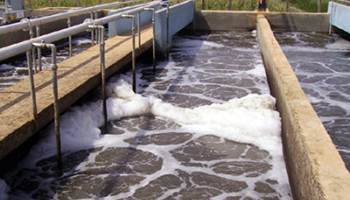The Sequencing Batch Reactor (SBR) is a derivative of activated sludge process designed to operate under non-steady state conditions. Like extended aeration or other activated sludge process it involves the biological process, microorganisms and mechanical aeration system for aeration along with air distributors and diffusers. However the major difference in involved is in operation of treatment which is carried out in batches in cyclic manner. In SBR configuration all related processes of Aeration, Settling, Decanting are carried out in same basin and eventually this reduces construction cost which is very essential in larger systems. The most important component of SBR process is decanting system. The various type of decanters are used for process like Floating gravity type, rake arm type, floating funnel type and slotted pipe type decanters. The process is operated in batch manner and hence it is vary suitable for industrial wastewater and high flow domestic wastewater. The added advantages are it provides BNR ( biological nutrients removal) and completely digested sludge which makes sludge treatment process easier.
SBR is modern wastewater treatment system which involves use of automation in operation. The control of cyclic batch operation is programmed in PLC or SCADA. The instruments involved in process helps to transmit appropriate signal and control the system. The automation of system reduces the number of operator skill and attention requirement and hence improves output quality of treated effluent.
Sparkle offers unique design of sequential batch reactor decanting system which involves simple automation and gravity based decanting system. The power requirement for decanting operation is eliminated in this design.
Advantages:
economical construction due to single tank design.
The system can absorb higher shock loads.
Provides 95-98% removal in BOD.

